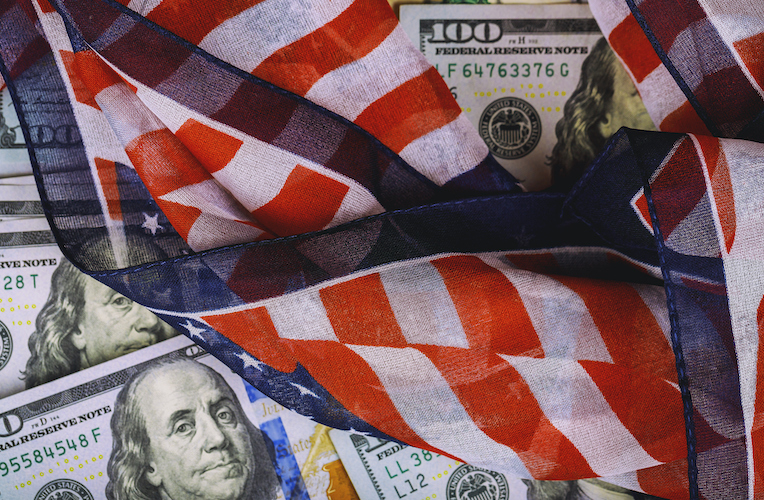
Setting a regulatory budget at a cost of zero ignores evidence of regulation’s high return on investment.
In Executive Order 13,771, President Donald J. Trump established the first ever “regulatory budget” in the United States. He ordered federal agencies to act in ways that ensure that the total cost of federal regulation does not increase. Each agency must rescind enough regulations to ensure that the “total incremental cost of all regulations” is “no greater than zero.”
In a recent paper, Jim Tozzi of the Center for Regulatory Effectiveness uses the experience with Executive Order 13,771 to argue in support of adoption of a permanent regulatory budget. Tozzi is widely regarded as the founder of the field of regulatory analysis based on his years of service in the White House during five administrations. In his paper, he argues that cost-benefit analysis (CBA) alone is insufficient to avoid the risk of excessive regulation. He writes that regulators must supplement CBA with a regulatory budget that limits the total costs of regulation to avoid the risk of economically wasteful spending on the costs of compliance with regulations.
Tozzi’s argument is based on the potential existence of alternative investments that would provide higher rates of return than society gets from imposing costly regulations. In Tozzi’s words, “the nation is confronted with a potential shortage—at an exceedingly high opportunity cost—of capital to finance the totality of regulations whose benefits exceed their costs.” Tozzi recognizes that any economically rational regulatory budget would have to include an economically rational ceiling on the total cost of regulation and that the economically rational ceiling would not necessarily be the zero incremental cost ceiling that President Trump imposed in Executive Order 13,771.
The available data suggest that any economically rational ceiling on the total costs of regulation would have to be many times greater than the present total cost of regulation. The Office of Information and Regulatory Affairs (OIRA) reviews and approves the CBAs that all executive agencies are required to prepare with respect to every major rule. OIRA then makes an annual report to Congress in which it reports the total costs and benefits of all of the rules that OIRA reviewed and that agencies issued during the prior decade. OIRA reports total benefits that are approximately seven times as great as total costs.
The massive disproportion between the costs and benefits of regulation provides solid evidence that investments in regulation earn similarly massive returns. According to OIRA, the average return on investment in a major rule is about 600 percent. It is hard to imagine any other investment that could be made either by government or by a private firm that would have a return that high.
Tozzi also makes the point that OIRA’s CBA estimates reflect only the costs of major rules. Minor rules that are not the subject of CBA also impose regulatory costs that should be included in the total cost of regulation. That is true, but minor rules also create social benefits. Right now, we have no way of knowing whether the cost-benefit ratio of minor rules is higher or lower than the cost-benefit ratio of major rules.
Minor rules could easily have cost-benefit ratios that are identical to those of major rules. If that is the case, our failure to include the costs and benefits of minor rules has no effect on the conclusion that investments in regulation provide returns far in excess of their costs or even alternative investments we could make. Even if we assume—implausibly—that minor rules impose aggregate costs that equal the aggregate costs of major rules and that they provide no benefits, the return on investment in regulation would still likely be in the range of 300 percent.
This suggests that the economically rational ceiling on aggregate regulatory costs is two to five times the total cost of regulation today. Alternatively, we could determine whether the return on investment in government regulation is so low that we might be better off investing in alternative ways of improving social welfare by monitoring the annual OIRA reports of the costs and benefits of rules. If and when the ratio between benefits and costs declines to closer to 110 percent, we should be concerned that we might be overinvesting in regulation because there might be alternative investments that would have a higher rate of return than the ten percent implied by such a ratio.
This is a strange time to be concerned about the risk that the United States is wasting scarce capital by overinvesting in regulation. The federal government is projected to have a $1 trillion budget deficit next year. Deficit spending at that astronomical level poses a much more serious risk of diverting scarce capital from investments that would have a higher return.




